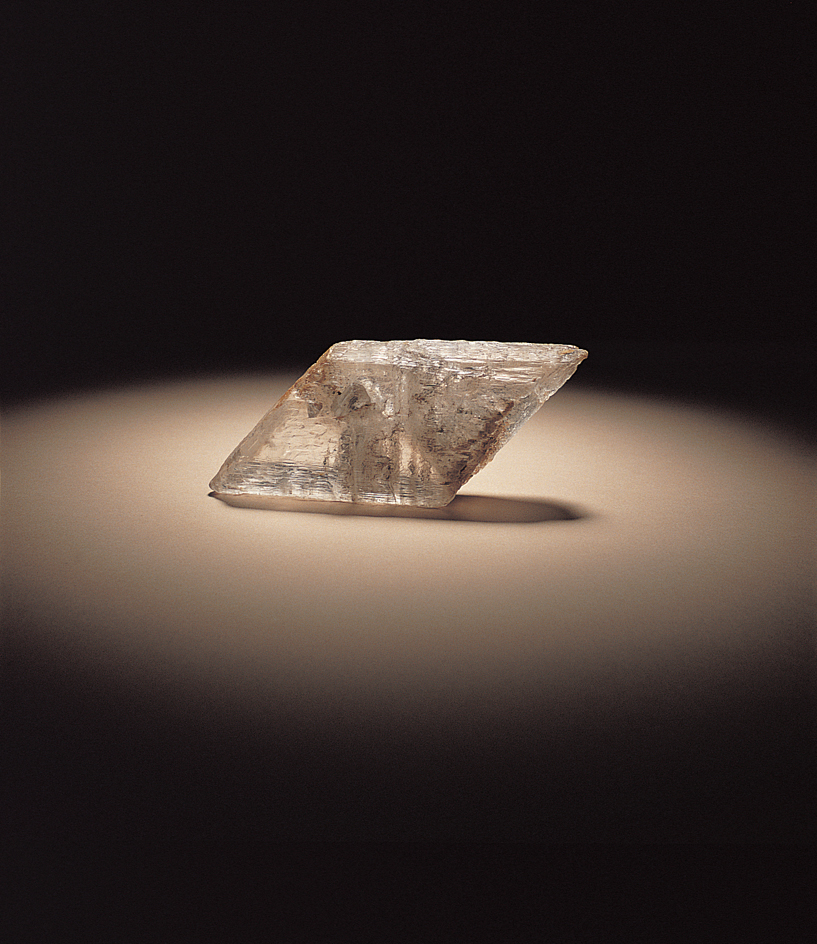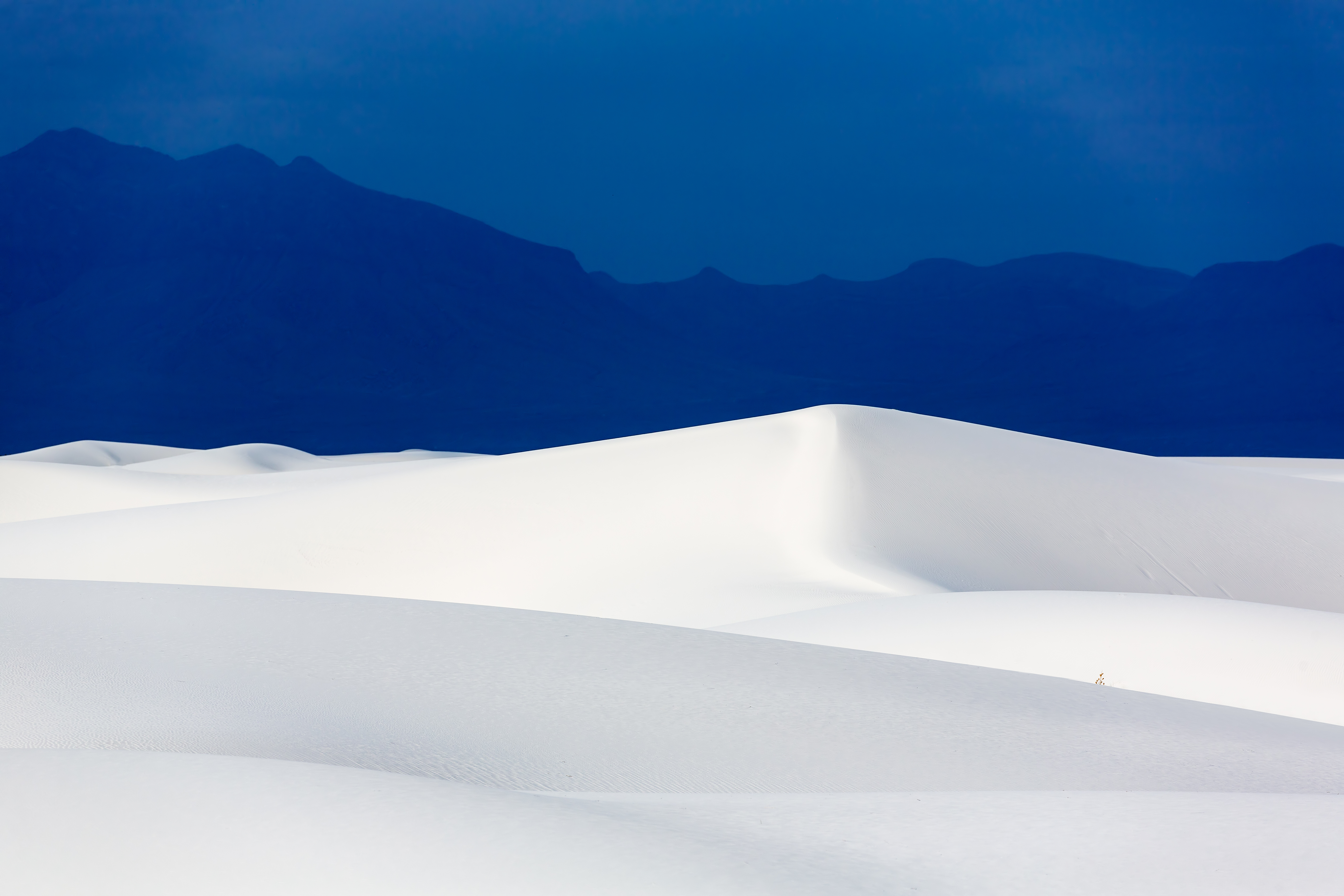Gypsum << JIHP suhm >> is a white to yellowish-white mineral used to make plaster of Paris. Large beds of gypsum formed when sea water evaporated, leaving dissolved calcium and sulfate to form deposits of gypsum. Gypsum is so soft that it can be scratched with the fingernail. Sometimes it forms transparent crystals called selenite or fibrous crystals called satin spar.
The chemical formula of gypsum shows that it is a hydrate of calcium sulfate. A hydrate contains water. When gypsum is heated, it loses three-fourths of its water. This process, called calcination, changes the gypsum to the fine white powder called plaster of Paris. The plaster hardens after it is mixed with water and exposed to the air. Plaster of Paris is used to make all types of casts.

Heating gypsum at high temperatures will drive off all the water. Calcined gypsum in this form is used in the building industry for base-coat plaster, plasterboard, lath, and wallboard. It is also used as a filler in such products as candy and paint.
Ground gypsum (land plaster) is sometimes used as a fertilizer for soils that need calcium. It is not used much today, because ground limestone and prepared fertilizers contain more calcium. Raw gypsum is used to keep portland cement from hardening too quickly. It is also used to make paint, filters, insulation, and wall plaster.
Most of the “hard” water that is found in springs and wells contains dissolved gypsum. When the water is boiled or evaporated, some of the gypsum forms a white crust.
Gypsum is found throughout the world. The United States produces and uses more gypsum than any other country. The leading gypsum-producing states are California, Iowa, New York, Texas, and Oklahoma. Canada, France, Japan, and Iran are the leading sources outside the United States. The name plaster of Paris comes from gypsum deposits in the Paris Basin in France. Large sand dunes composed of gypsum are found in New Mexico and Arizona. The sand dunes at White Sands National Park, near Alamogordo, New Mexico, are composed of gypsum.

